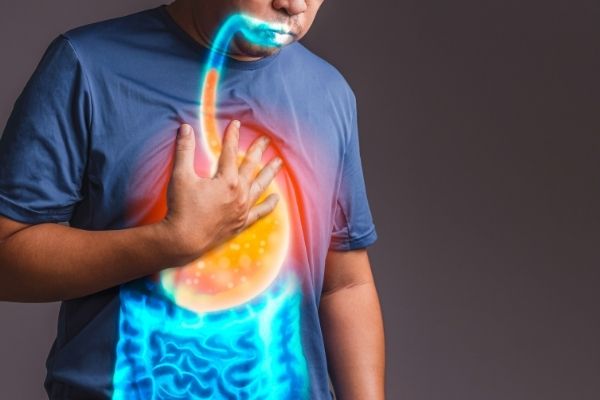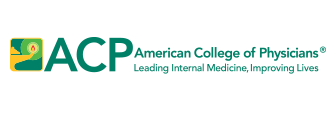What is reflux disease?
Gastro-esophageal reflux, also known as acid reflux, occurs when the stomach contents reflux or backs up into the esophagus or mouth.
Reflux is a normal process that occurs in healthy infants, children, and adults. It’s normal to have a small amount of refluxed acid contents in the esophagus, particularly after meals.
Most episodes are brief and don’t cause bothersome symptoms or complications. This is known as physiological reflux.
In contrast, people with gastro-esophageal reflux disease (GERD) experience bothersome symptoms or complications as a result of the reflux. Gastro-esophageal reflux disease (GERD) is a very common condition that is believed to occur in approximately 20% of the Western world population.
In order for the development of GERD there needs to be either increased esophageal exposure to gastric juice or the anti-reflux barrier protecting the cells lining the esophagus is significantly weakened.
When the anti-reflux barrier is compromised, for example in the development of an anatomical defect such as a hiatus hernia (a common condition where a part of the stomach slides or protrudes from the abdomen into the chest), then we see the occurrence of increased reflux events. These increased events mean more exposure of the esophageal lining to acid.
When gastric juice enters the esophagus, protective factors such as esophageal peristalsis helps to clear the refluxate from the esophagus, and thus protects the cells lining of the esophagus. If the protective factors no longer work as well as they should – this can result in acid breaching the defensive barrier of those cells that form the esophageal lining, allowing acid to enter the junctions between cells and leading to reflux damage.

I should point out that in individuals who have a normal reflux exposure in their esophagus – symptoms and complications of GERD can still occur when there is visceral hypersensitivity [the term used to describe the experience of pain within the inner organs (viscera) perceived at a level that is greater than normal].
Heartburn and acid regurgitation are the classic symptoms of GERD. Less-common symptoms of GERD include dysphagia (swallowing difficulty), chest pain, water brash (sour fluid or almost tasteless saliva in the mouth), odynophagia (painful swallowing), burping, hiccups, nausea, and vomiting.
The more problematic and often challenging symptoms associated with GERD are chronic cough, hoarseness, globus sensation (feeling of a lump in the throat), throat clearing and asthma.



